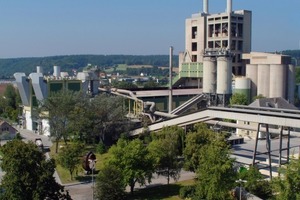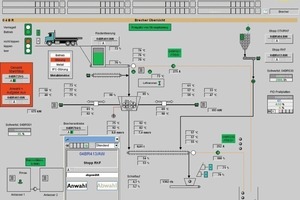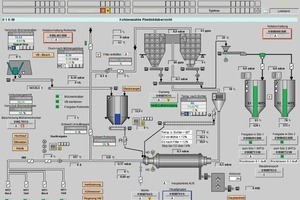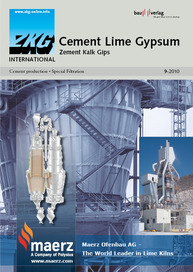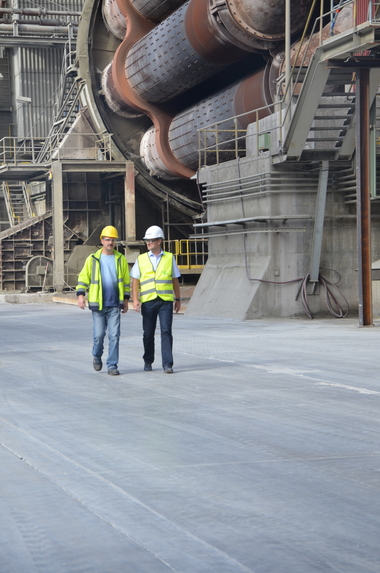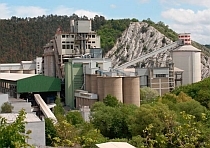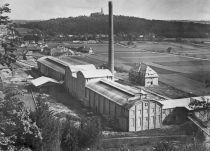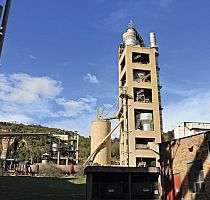Fit for the future with new process
control technology
The Burglengenfeld cement plant (Fig. 1) in Bavaria was founded in 1912 and is one of the first factories belonging to the HeidelbergCement Group. Until recently, it was controlled by the process control system CEMAT V4. Today, this system is outdated. There is no more replacement equipment available for its basis, SIMATIC S5. In January 2009, the first step towards modernization was undertaken. The system shifted to SIMATIC PCS 7 with
CEMAT V7. The second step of the conversion was completed by the end of the same year.
Sustainable development in terms of economy, ecology, and social responsibility are part of the philosophy of HeidelbergCement. To achieve sustainability, a long-term perspective and efficient production processes are necessary, which in the Burglengenfeld cement plant can be conducted and controlled using CEMAT V7. The decentralized process control system CEMAT was developed by engineers looking back on 35 years of experience in the cement industry. Their experience means that they know the exact requirements that need to be met by a process control system for the cement industry.
Siemens developed CEMAT especially for the cement industry. The numerous advantages of CEMAT V7 make it more and more popular. Error diagnosis in particular has been improved: Problems can be solved using detailed error indication and high performance plausibility logic. This means less effort for electrical engineers and mechanics, thereby reducing downtimes. The error diagnosis displayed before the start make test starts superfluous, thus saving energy and improving capacity utilization. As staff can rely on the information of the error indication, system acceptance is guaranteed. The control room and employees in management receive information (Figs. 2 and 3) indicating possible error sources and allowing operators and shift supervisors to identify them fast and coordinate repairs and start sequences. Weak points can be analyzed and eradicated through error analysis and statistics.
The lifecycle of a cement plant is much longer than the lifecycle of a single version of a process control system. Consequently, the most important quality of CEMAT is the opportunity to upgrade older versions. The Burglengenfeld cement plant is a case in point, having previously implemented CEMAT V4. Another option offered by CEMAT is to connect an older version - from version 1.8 through version 5 - to a newer version. This innovative development saves costs in terms of investments in new systems or the modernization of existing systems. These are the points that make CEMAT currently the most progressive process control system.
The strategy of HeidelbergCement entails, among other things, a persistent efficiency increase in all areas as well as cost leadership. The Burglengenfeld cement plant serves as a prime example in precisely these fields: For over 15 years, PSA Automation GmbH has looked after the plant, ensuring the constant upgrading of the technical equipment. Since 1989, PSA has been running CEMAT successfully in its cement plants, lime works, and gypsum factories. Regular upgrades of CEMAT result in increased efficiency, reduced costs, and energy savings over the entire lifecycle of the plant in Burglengenfeld. CEMAT is a modern, economic and future-proof solution for the cement industry.
PSA GmbH, D-69123 Heidelberg,
Tel.: +49-62 21-739 16 60, Fax: +49-62 21-739 16 66
info@psa-automation.com

